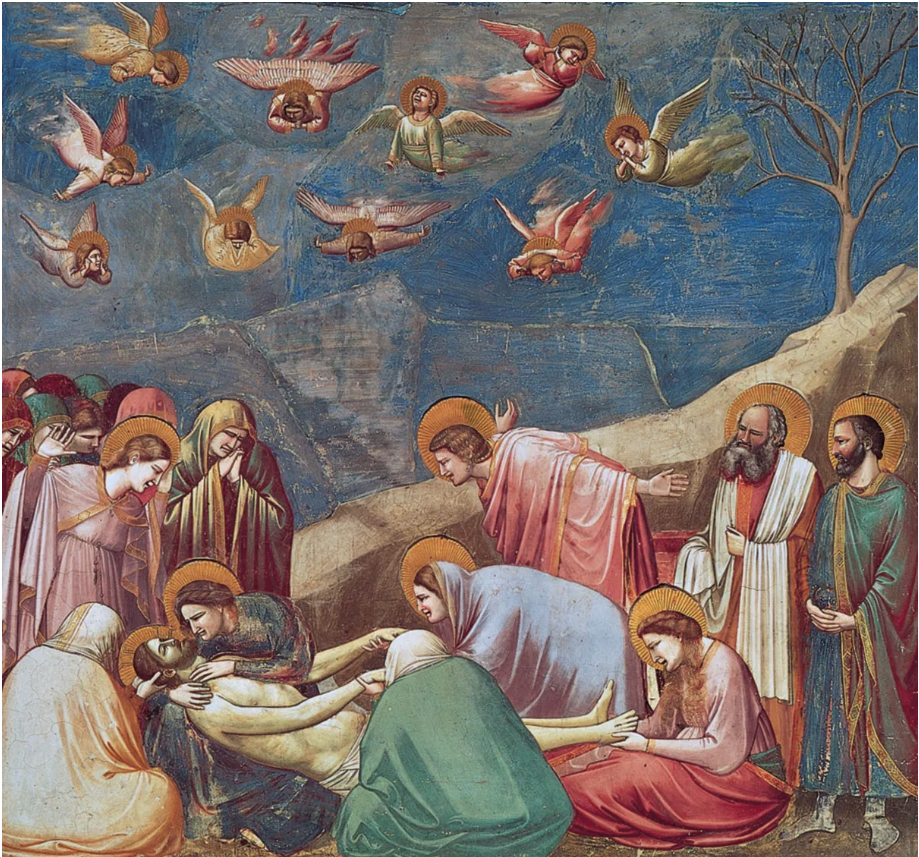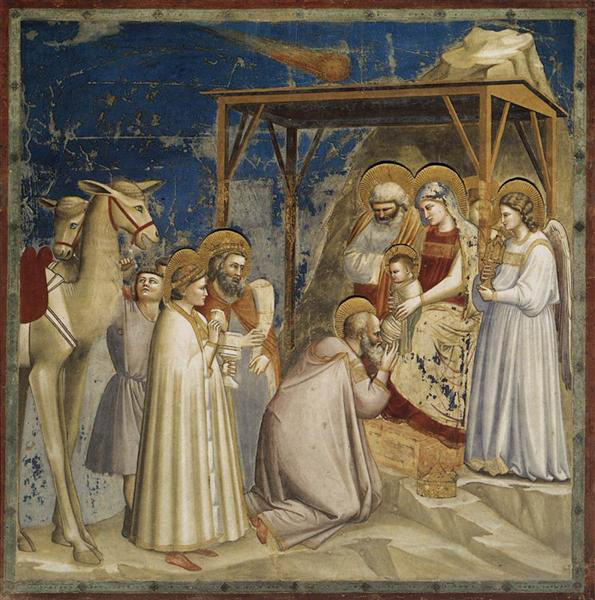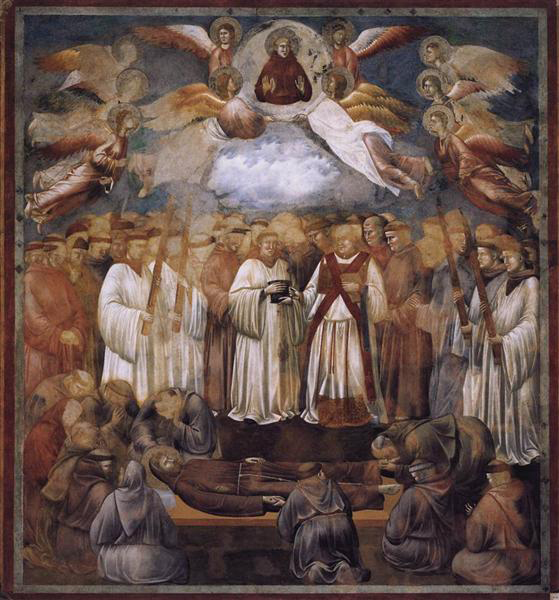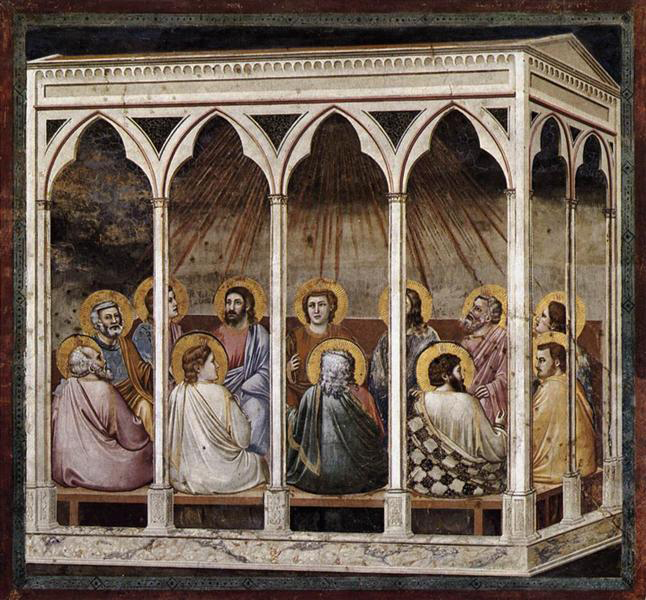
GIOTTO
NAME: Giotto di Bondone
TIME PERIOD: 1267-1337 ad
WHO: An Italian painter and architect from Florence
TIME PERIOD: Late Middle Ages
STYLE: Gothic / Roto- Renaissance (Early Renaissance)
WHAT WE CAN LEARN: What did we learn from Giotto that we can apply to ur art work techniques?
Giotto was one of the first artist who painted in a more naturalist way. Artist before him painted in a more stylized way. But Giotto studied the natural world and incorporated a more naturalistic manner.
DO>CURRICULUM PAGE FOR STUDENTS TO DO
ART LECTURE SERIES GIOTTO PART 1 & 2
Biography of Giotto: Giotto di Bondone (1267-January 8,1337ad)
Giotto di Bondone was an Italian painter and architect from Florence during the Late Middle Ages. He worked during the Gothic/Proto-Renaissance period. Giotto’s contemporary, the banker and chronicler Giovanni Villani, wrote that Giotto was “the most sovereign master of painting in his time, who drew all his figures and their postures according to nature” and of his publicly recognized “talent and excellence”. Giorgio Vasari described Giotto as making a decisive break with the prevalent Byzantine style and as initiating “the great art of painting as we know it today, introducing the technique of drawing accurately from life, which had been neglected for more than two hundred years”.
Giotto’s masterwork is the decoration of the Scrovegni Chapel, in Padua, also known as the Arena Chapel, which was completed around 1305. The fresco cycle depicts the Life of the Virgin and the Life of Christ. It is regarded as one of the supreme masterpieces of the Early Renaissance. The fact that Giotto painted the Arena Chapel and that he was chosen by the Commune of Florence in 1334 to design the new campanile (bell tower) of the Florence Cathedral are among the few certainties about his life. Almost every other aspect of it is subject to controversy: his birth date, his birthplace, his appearance, his apprenticeship, the order in which he created his works, whether he painted the famous frescoes in the Upper Basilica of Saint Francis in Assisi, and his burial place.
Giotto’s Famous Artwork






>ART CARD PDF
